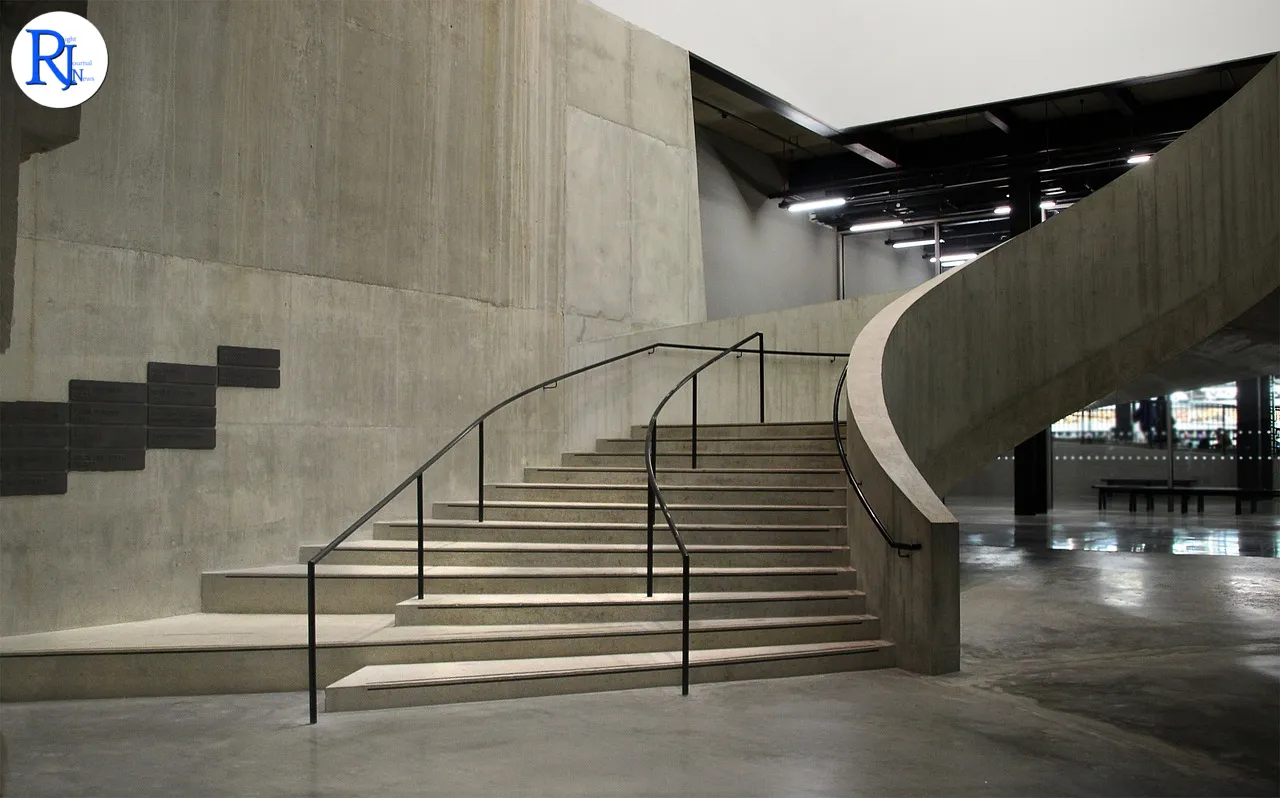Lead
The family of the French boy thrown from the 10th-floor viewing platform at Tate Modern in 2019 says he now begins to run, cycle, jump and swim after six “courageous” years of treatment and rehabilitation. In a new update reported on Monday, they described steady, hard-won progress that marks a significant milestone in a recovery many feared would not be possible. The boy, who was six at the time of the attack, survived a fall from height and sustained severe injuries. His parents have shared periodic updates since the incident, and they now highlight gains in strength, balance and confidence. They thanked supporters who have followed his journey and underlined their son’s determination as he works through intensive therapy.
Context and Timing
The update came on Monday, 27 October 2025, and followed a long period of medical care and rehabilitation since the attack in London on 4 August 2019. The incident took place at the Tate Modern art gallery’s 10th-floor viewing platform on the South Bank. A teenager, later identified as Jonty Bravery, pushed the boy from the platform. Bravery admitted attempted murder and received a life sentence in 2020 with a minimum term of 15 years.

A hard?won milestone in a long recovery
The family said their son now begins to “run, cycle, jump and swim,” a list that signals progress many specialists consider especially demanding after complex injuries. They described the last six years as “courageous,” a word that reflects the strain of long hospital stays, repeated therapy sessions and the slow pace of rebuilding everyday skills. The family did not offer extensive medical details in this update, but their language points to improvements in mobility and stamina.
Those close to long-term rehabilitation note that gains can come unevenly. Patients often rebuild walking and balance before they attempt impact activities such as running and jumping. Swimming can support strength and coordination, while cycling helps with rhythm, range of motion and endurance. The family’s account suggests their son now tackles activities that demand joint stability, core control and confidence—signs that his therapy continues to deliver results.
From the Tate Modern platform to years of rehabilitation
Emergency teams responded on the day of the attack in 2019 and transported the boy to hospital. Reports at the time said he suffered multiple fractures and a brain injury after falling from the 10th floor to a lower roof. Doctors stabilised him, and he began a long course of treatment and rehabilitation that has stretched across years and involved many specialists.
The boy’s parents, who live in France, have provided careful updates since the incident. They have described surgery, daily therapies and schooling adapted to his needs. Their updates have emphasised perseverance and patience, and they have often thanked the public for messages and donations that helped support treatment costs and practical needs. Monday’s update continues that pattern, focusing on progress rather than setbacks.
Legal outcome and the safeguarding debate
Police arrested Bravery at the scene in 2019. He later pleaded guilty to attempted murder. In June 2020, a judge sentenced him to life with a minimum term of 15 years. During court proceedings, the court heard that Bravery had spoken to carers before the attack about an intention to harm someone. The case raised questions about supervision, risk assessment and communication between services that look after people with complex needs.
Safeguarding experts say high-profile cases often prompt systems to review practice. They point to the need for robust risk management plans and clear communication between agencies. While the legal process concluded with a prison term, the debate about how services identify and manage risk continues. Families affected by violent crime often call for closer oversight and faster sharing of concerns between care providers and authorities.
Public support and the role of rehabilitation
The boy’s family has drawn strength from public solidarity. Well-wishers sent thousands of messages and supported an online fundraiser that helped cover care and accommodation during treatment. Charities that support families after major trauma say community backing can make a practical difference when travel, therapy and specialist equipment add to daily costs. Families also report that encouragement from strangers helps them stay motivated through long recoveries.
Rehabilitation after severe trauma spans disciplines. Physiotherapists work on movement, balance and strength. Occupational therapists help patients relearn daily tasks. Neuropsychologists support attention, memory and coping strategies after brain injury. Progress to running and jumping suggests the boy has learned to transfer weight, coordinate complex movements and trust his body again. Swimming and cycling point to improved endurance and controlled effort—skills that can open doors to school activities and play.
Visitor safety and lessons for crowded public spaces
The Tate Modern remains one of the UK’s most-visited galleries, and the 2019 attack shocked visitors and staff. Major attractions review safety procedures after serious incidents and often work with police and local authorities to assess risk. Security teams at busy venues balance access and openness with measures that protect visitors. They train staff to recognise concerns and respond quickly to incidents.
Experts in crowd safety say venues benefit from layered security: trained staff, clear sightlines, design features that reduce risk, and plans that allow rapid intervention. Families, meanwhile, often ask how they can stay vigilant without adding fear to everyday outings. Police and safety advisers suggest simple steps: keep children close in crowded areas, agree meeting points and report any alarming behaviour to staff immediately.
A family’s message of determination
Across six years, the boy’s parents have written about small gains that led to larger steps forward. Monday’s update places special focus on movement—running, cycling, jumping and swimming—which also carries emotional weight. Children often express joy through play and sport, and these activities can help rebuild social confidence after trauma. Teachers and therapists commonly coordinate to help young people return to school life and activities with support in place.
The family has also asked for privacy at times, and they continue to shape their updates with care. Their messages underline their son’s spirit and the steady work behind each milestone. They describe dedication rather than dramatic moments, which aligns with what clinicians say about recovery: progress often builds quietly, then appears clear when a child suddenly manages a new skill.
Wrap-Up
Six years after the Tate Modern attack, the boy’s family reports a turning point: he begins to run, cycle, jump and swim. The update shows what persistence, expert care and strong support can deliver over time. The case still resonates far beyond one family. It raised questions about safeguarding, supervision and safety in public places. It also highlighted the resolve many families show after life-changing events. As the boy takes on more active movement, he opens the door to wider independence at home, at school and with friends. His family credits courage and hard work, and they continue to share measured updates. Their latest message offers hope—and a reminder that recovery can keep moving forward, even years after a devastating day.

